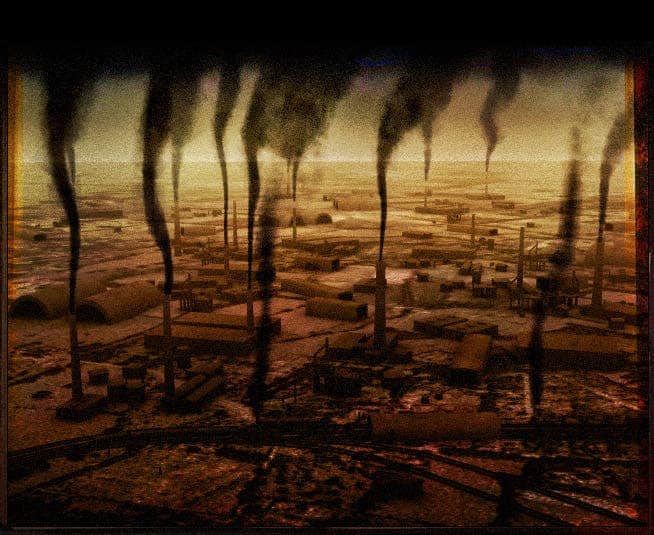Recent figures published in a report prepared by the European Commission’s Joint Research Centre and PBL Netherlands Environmental Assessment Agency show that the world’s CO2 emissions have been steadily and significantly growing during the past two decades, reaching an all time peak this past year. Carbon dioxide emissions, the main cause of global warming, rose 45 percent between 1990 and 2010, reaching an all-time high of 33 billion tonnes in 2010, says a report.

Though the global recession has helped dampen the increase of CO2 into the atmosphere, emissions are still in an upward trend, mainly because of the growth in developing countries and economic recovery in the industrialised world.
In the last twenty years, the commission reports, CO2 emissions in the European Union (EU) and Russia decreased by seven percent and 28 percent, respectively, while emissions in the US increased by five percent and Japan’s emissions remained more or less constant. A record-breaking 5.8 percent increase in global CO2 emissions has been experienced between 2009 and 2010. China, the US and India were the worst offenders.
In 1990, a group of industrialized countries ratified a protocol in Kyoto in which they would strive to stabilize their CO2 emissions. Various measures have been employed since then, most notably in the energy efficiency and renewable energy sectors, and as a result CO2 emissions from these industrialized countries, which used to account for about two-thirds of global CO2 emissions, have now fallen to less than half the global total.
If you’re curious, power generation and road transportation are driving the increase, both in industrial and developing countries. Globally, they account for about 40 percent and 15 percent respectively of the current total.
Read the full report.






